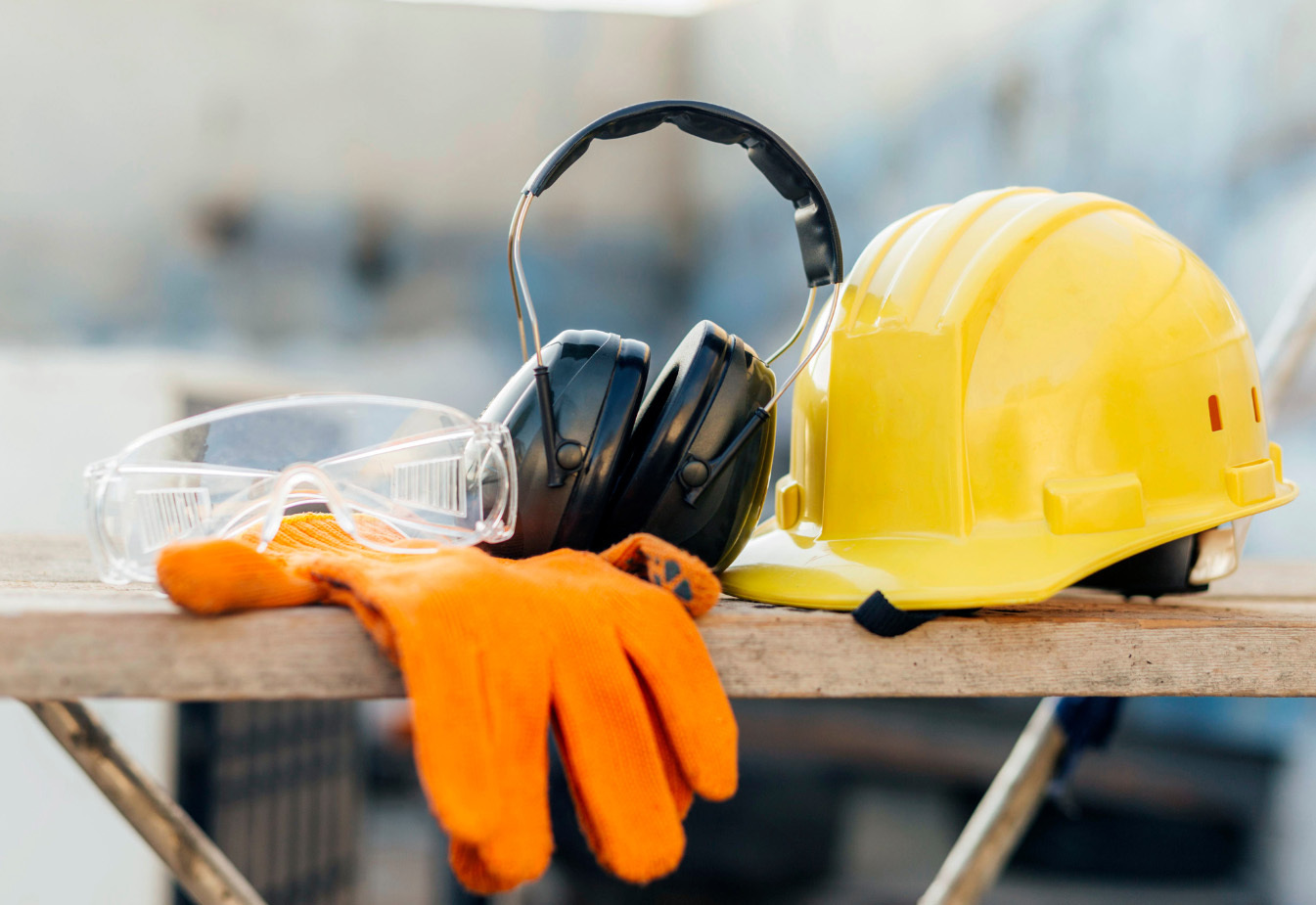Home / News / How to Create a Positive Health & Safety Culture
How to Create a Positive Health & Safety Culture
Health and safety management extends much further than just being a box-ticking exercise. How you treat your health and safety can have vast implications on your workplace culture, whether you intend it to or not. Taking the time to foster a positive safety culture has the potential to bring a host of benefits to your business such as reducing injuries and costs, whilst creating a positive environment at work; which will boost your organisation’s productivity, morale and reputation.
However, altering your business’s safety culture takes time and can be challenging, requiring strong teamwork to instill your new behaviours, attitudes and values across your team. So, in order to help, we have picked out the 4 key areas that typically impact your workplace culture and how you can influence a positive change.

Policies
Starting with your health and safety policies, these play a vital role in the upkeep of your health and safety, ensuring that everyone knows and follows the set rules and guidance. But when was the last time you reviewed your policies and procedures?
Your policies should already be reviewed regularly, but this is especially important when trying to build a positive safety culture. Updating your policies not only shows your team that health and safety remains a top priority, but you should also ensure that your updated policies are centered around the best practices possible, placing safety above everything.
Management
How you manage your business and staff members has a drastic impact on your safety culture, with your words and actions weighing in heavily on your staff’s behaviours and attitudes towards safety. With this in mind, you should reinforce the idea that “safety comes first” – encouraging staff not to skip or brush over any checks or processes, even if they are in a rush.
You should also be mindful of how you communicate this, promoting this culture change through your actions as you lead by example. This means regularly assessing your workplace hazards and addressing risks proactively, whilst also encouraging employees to contribute to safer workplace practices.

Training
Training is arguably the biggest factor in your health and safety, because without the correct knowledge and training, even the best policies will fall short. This highlights the importance of a well-structured training plan, required to keep your staff well-equipped with the knowledge and understanding to be able to complete their day-to-day tasks safely.
Your training plan should:
- Follow a schedule – with frequent training to keep your employees’ knowledge and skills up to date.
- Be role-specific – consider each employee’s role and ensure that they receive the relevant training required to complete their job safely, accounting for any PPE, machines, or unique risks they may face.
- Be delivered to a high-quality – engaging high-quality courses are critical for your staff, ensuring that they retain the necessary information and lessons throughout their training.
Communication
The final pillar in improving your organisation’s safety culture is communication. You must be open to your staff and encourage them to step forward with any health and safety concerns which they may have. This is vital to create a strong level of trust and confidence throughout your team, enabling you to act quickly upon their concerns and cement your attitude towards health and safety within your team.
You should regularly provide your staff opportunities to communicate, whether that is through meetings or proactively asking them. This will be a welcoming addition to improving your organisation’s communication. Alongside this, including your team in health and safety decisions will further make them feel valued and open to communicate more.

Over time, implementing all of these steps combine to build a strong positive health and safety culture where it is understood and shared by your staff that safety comes first. This will influence your team’s attitude and behaviours towards health and safety to ultimately build a safer workplace, also boosting your team’s morale and reducing injuries & costs, whilst building a strong health and safety reputation as a bonus.




